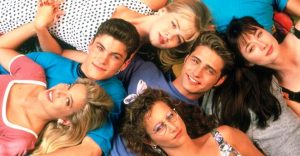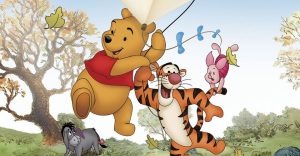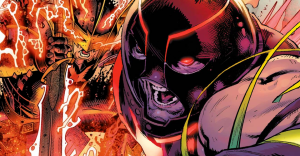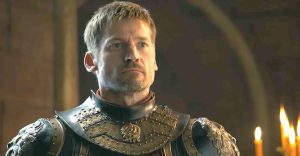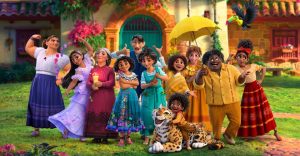The Lord Of The Rings: 10 Things You Never Knew About Ralph Bakshi’s Animated Adaptations
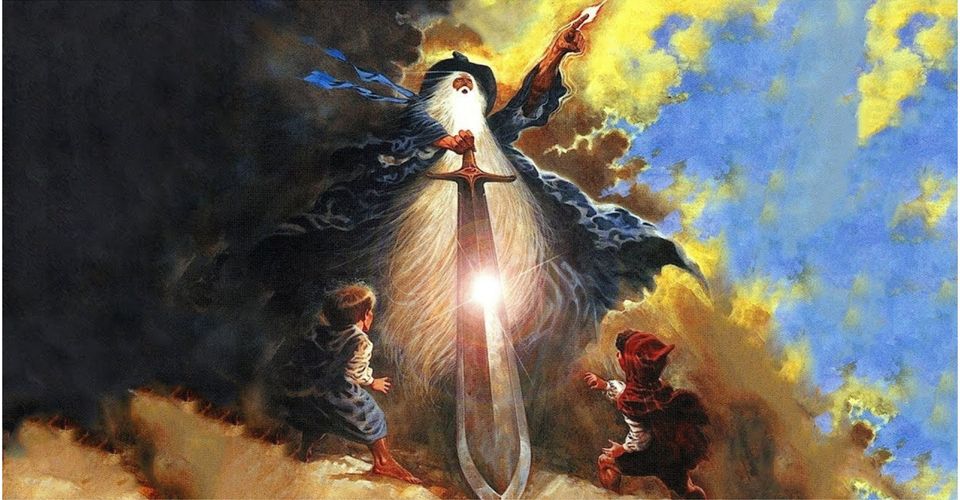
When the feature-film adaptation of The Fellowship of the Ring debuted back in 2001, fans of the Lord of the Rings and J.R.R. Tolkien rejoiced over the book finally coming to the screen. Fair to say a few of them knew it wasn’t the first time, but many didn’t realize there had been another version.
An animated version of The Fellowship of the Ring – and about half of The Two Towers, but more on that later – debuted in November 1978 from cartoonist and director Ralph Bakshi. What’s the deal with this movie? Here are ten things you never knew about the Bakshi Lord of the Rings.
10 It Was Meant To Be Live-Action

Ralph Bakshi wanted to make an animated version of Lord of the Rings ever since he first read the books back in the 50s. He got his chance after developing as a premier animator, working on films like Fritz the Cat. In the early 70s, the rights for a Lord of the Rings film belonged to United Artists.
At the time though, UA’s intention was to make a live-action version with director John Boorman (who later would make Excalibur). Bakshi wasn’t too hip on that idea, thinking live-action unfeasible. The Boorman project fell apart and Bakshi swooped in with his animated pitch.
9 Rotoscoping

That doesn’t mean there weren’t live-action elements of the animated film, though. To provide a sense of realism for the film’s battle scenes, Bakshi used live-action footage of actors costumed as orcs, Nazgul, and human characters and then rotoscoped it to fit in with the animation.
Rotoscoping was a painstaking process that required animators to trace over live-action footage frame by frame. A recent example of this is the Amazon series Undone, which was created entirely through this process. Rotoscoping is also extensively used in visual effects to create silhouettes for matte shots.
8 Solarized

In addition to rotoscoping, Bakshi employed another animation trick called solarizing. This technique, also known as the Sabattier effect or pseudo-solarization, reverses the tone of an image so that dark images appear bright and vice-versa. This effect was used throughout the Lord of the Rings animated film to create an otherworldly feel.
In some cases, it went too far: the live-action portion of the shoot was conducted in Spain, and the production unit captured numerous shots with cars, telephone lines, and other modern – and Earthly! – elements in the background.
7 Screenplay

The screenplay was co-written by Chris Conkling, who wrote a draft that had the entire story related in flashback from Merry, and noted fantasy author Peter S. Beagle. Beagle is the author of The Last Unicorn among many other books and is the recipient of several high-profile awards including the Nebula Award, Hugo Award, and the World Fantasy Award for Life Achievement.
Beagle wasn’t rewarded very well for his efforts in this film, however. Despite several rewrites, he only received $5000 for the job, with the expectation there would be more work down the line. There wasn’t.
6 Rock ‘N Roll

Ralph Bakshi had a lot of ambitious ideas for his animated version of Lord of the Rings. One of them was a soundtrack that would have featured rock music from bands like Led Zeppelin. Bakshi thought it only made sense given the overt references to Tolkien in the band’s music, but the film’s producer Saul Zaentz wouldn’t have been able to release the band’s music on his own label, so he went with an orchestral score by composer by Leonard Rosenman.
Safe to say Rosenman was no Jimmy Page (or Howard Shore, for that matter) and fans would have to wait until Thor: Ragnarok for some Led Zep accompaniment to fantasy fun.
5 Action Figures

Despite the fact that this version of the classic Tolkien story was a little on the dark and mature side, there were nevertheless toys based on the movie. Of course, they were – this was after Star Wars! Knickerbocker produced a small line in 1979 that didn’t go very far due to the fairly modest performance of the film (still successful, earning $30 million off of a $4 million production budget).
The company produced six figures, including Aragorn, Gandalf the Gray, or blue as the toy apparently looked, Gollum, Samwise, Frodo with his steed, and a Nazgul with his.
4 Similarities To Peter Jackson

Despite the fact that the animated film precedes the Peter Jackson live-action adaptation of the Lord of the Rings trilogy by over twenty years, and they each have very different artistic goals, they share a couple of key similarities.
Both versions intuited the challenge of conveying the complex backstory of Tolkien’s classic, and each decided to do so through a prologue at the start of the film that summarizes the creation of the One Ring. Both versions abandon Tom Bombadil (to the eternal frustration of diehard Lord of the Rings readers) and both generally follow the same story beats.
3 Differences From The Book

Like the absence of Tom Bombadil, there are other significant ways the animated film diverges from the books. Bombadil was dropped for pretty much the same reason Peter Jackson didn’t include him: the episode with the character and his wife Goldberry didn’t advance the plot.
While the narrative of the animated film sticks pretty close to The Fellowship of the Ring pretty closely, some adjustments were made here and there for the sake of pacing. And for some reason, Saruman the White is wearing a cherry red robe.
2 Peter Jackson Never Saw The Film… But He Did

A curious wrinkle in the story of the animated Lord of the Rings film is its influence on the Peter Jackson adaptations. Clearly the two share some similarities in terms of their artistic choices, but initially, Jackson denied ever seeing the animated version.
This got under Bakshi’s skin, as he sensed what was obvious – there were too many similarities. Jackson finally admitted he had seen the 1978 film, and it was an influence on his efforts, calling Bakshi’s version ‘a brave and ambitious attempt.’
1 Can’t Wait For Part Two

The Lord of the Rings animated film ends abruptly at the Battle of Helm’s Deep, combining most of The Fellowship of the Ring with some of The Two Towers.
Bakshi intended to release a sequel to complete the rest of the story, but before the film came out, United Artists pulled the rug out from under him. They didn’t think people would go see a movie with Part I in the title, and Bakshi – and Tolkien fans around the world – were left with half a story.
About The Author











